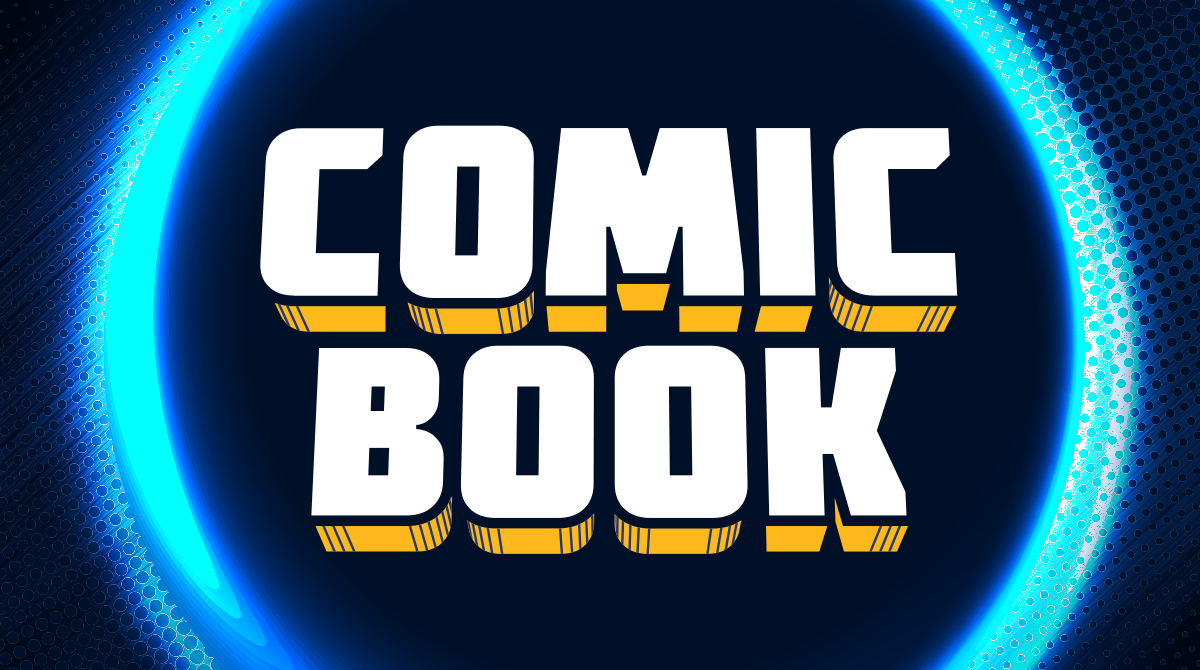Remathilis
Legend
You're free to do what you want with your game, but I lol a little with the Mos Eisley comparison whenever it gets trotted out. If I crack open the Monster Manual, there are dozens of humanoid monsters, including monstrous humanoids. There are a dozen dragons and half a dozen giants. And that's not counting the various sentient fey, aberrations, and planar beings. There are more monsters in your typical dungeon than were ever in the Cantina scene and monster books are top selling because people desire even more. But people don't think about that because they are monsters that exist to be killed by PCs rather than unique peoples with cultures and ecologies. A D&D world using only the Monster Manual has hundreds of sentient species. If the only PC species you allow was human, you still have more variety than all the Star Wars films combined.Its not wrong but I carefully Curate my games. Its not hard. The only races I have come around to are the Plane touched and Genasi, and Kzinti Race type. When I'm playing fantasy genre I don't like the Mos Eisley panoply.
Yet I don't know too many DMs who highly curate the Monster Manual the same way they do player species.

